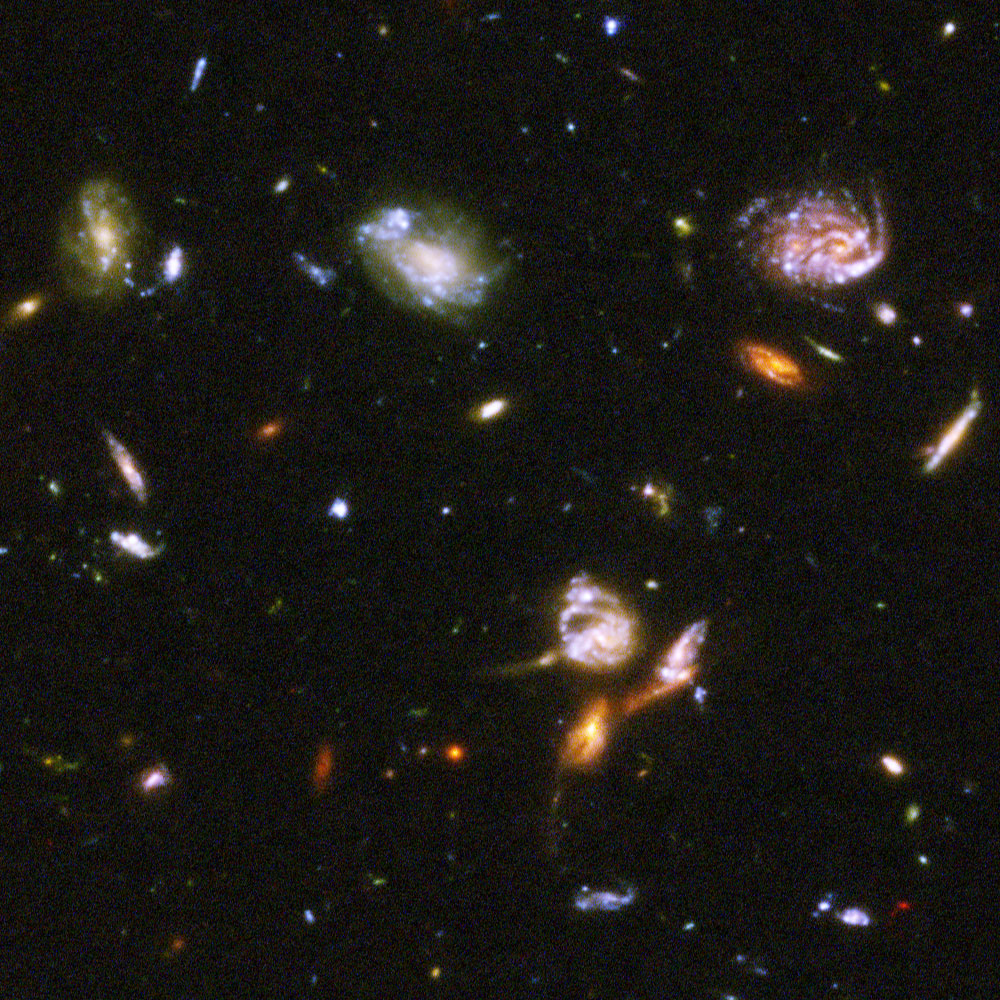The nonscientific beliefs probed range from those that are (I'd argue) antiscientific (e.g., 'The positions of the planets have an influence on the events of everyday life.' or 'Some numbers are especially lucky for some people.') to attitudes towards science or discussions of science ethics (e.g., 'Nuclear power is an important energy source and its use should be expanded.' or 'We should devote more of our money and scientific resources to repair damage done to the environment.').
Some of their interesting results:
- The degree of nonscientific beliefs varied very little with the stage within undergraduate education or the number of science classes taken. Courses fulfilling distribution science requirements apparently do little to diminish nonscientific beliefs.
- There was very little difference between the mean science literacy scores of cohorts with high and low scores for unscientific beliefs (it accounted for only 4% of the science literature score variance). Having unscientific beliefs appears to have little effect on your science literacy(!)
- Quoting from the paper : 'Completion of the college science requirement leads to very little improvement in science knowledge score. Educators cannot be satisfied with a situation where one in three graduates thinks antibiotics kill viruses as well as bacteria, one in four thinks that lasers work by focusing sound waves, and one in five thinks atoms are smaller than electrons, are unaware that the Earth goes around the Sun, or that humans evolved from earlier species.'
While I don't see that this question is addressed directly in this paper, the fact that such a tiny fraction of science literacy variance correlates with unscientific beliefs implies that even having (what I'd argue) antiscientific beliefs does little to degrade the quality of the students' science literacy - this surprises me. And, the sobering realization that basic scientific literacy is essentially unaffected by college distribution requirement courses is pretty depressing. I'm still digesting this - this may influence how I teach next semester's class....



